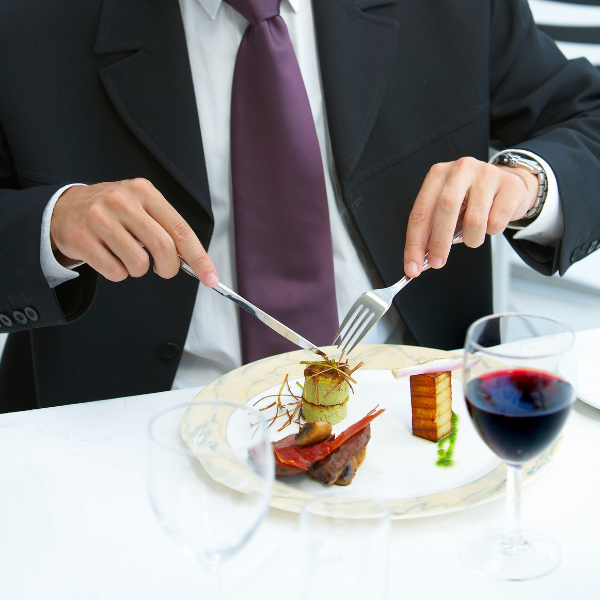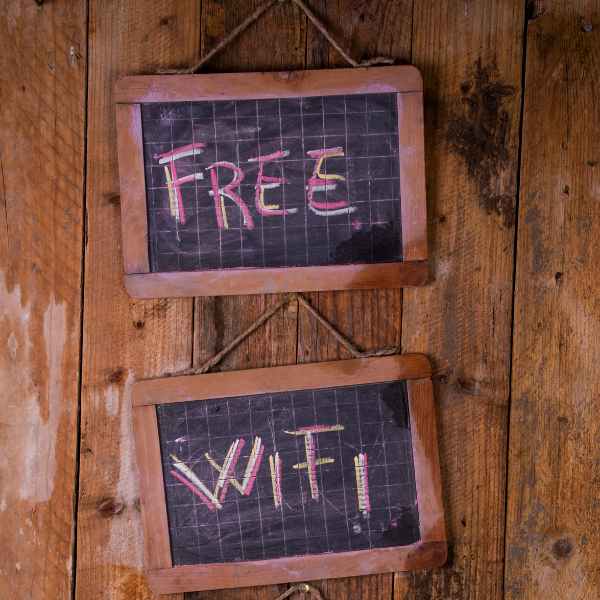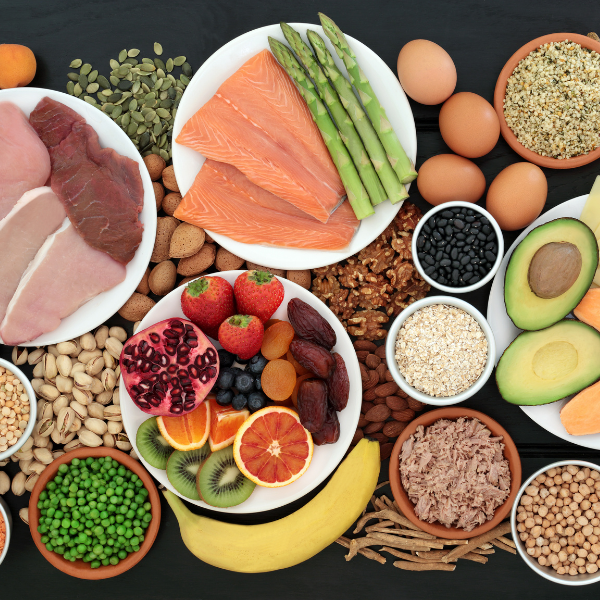Stats Of The Week
The State Of The Industry
As mandated closures and capacity restrictions led to the most challenging business conditions in history, restaurants that rely on tourism for their business have experienced significantly trying circumstances. In a typical year before COVID-19, an average of 41% of sales in the fine-dining segment came from travelers and visitors, according to data from the National Restaurant Association. 1 in 4 fine-dining operators said travelers accounted for at least 60% of their sales before the pandemic. With both personal and business travel significantly dropping in 2020, spending in restaurants fell sharply. From June to November 2020, travelers and visitors were responsible for only 19% of sales in the fine-dining segment. The percent of sales coming from vacationers in recent months was less than half than it was before the pandemic for casual dining, fine dining, quick service, fast casual, and family dining.
Chains Experience The Most Success In The 2020 Stock Market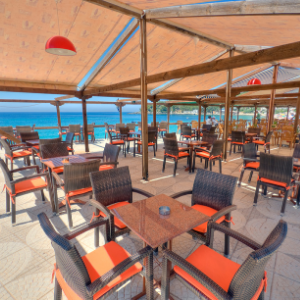
Despite the negative impact the pandemic had on the restaurant industry in 2020, restaurant stocks still went up last year. Publicly traded restaurant chains saw the most success with a median price increase of over 4%, according to data from Sentieo. The median price is well below 2019, which was above 16%, but is better compared to the projected low numbers of March 2020. Investors were meticulous in choosing establishments that had strong off-premise operations and predicted that take out would remain a dominant force even after the pandemic. Full-service chains did not perform as well as limited-service restaurants with a median stock price decrease of 16% in 2020. The best performing restaurant chains in 2020 were Chipotle Mexican Grill, Wingstop, Noodles & Co., Shake Shack, and Texas Roadhouse.
What’s Trending
2021 Trends Influencing The Restaurant Industry
With the timeline of returning to normalcy still unknown, the new year will bring new challenges and opportunities for the restaurant industry. Many restaurant trends, including ghost kitchens and digital ordering, were already in motion before the pandemic, but are now the top concepts expected to shape the industry in 2021. Diners are looking for convenient channels for curbside pickup as a cheaper alternative to deliveries. Curbside pickup has proven to be a powerful option for restaurants that don’t have drive-thrus and provides convenience to customers at no extra cost. In 2021, chains are expected to create new prototype expansions in the suburbs that are focused on smaller dining rooms and larger drive-thrus. The way forward for restaurants is implementing new technologies and concepts that are focused on off-premise operations that are convenient and make it easy for customers to place orders.
"Digital technology is really what's going to drive value creation going forward. It's really the combination of consumer-facing technology with curbside, drive-thru, delivery, and also plays into the real estate and labor piece as well, because it's all interrelated. What you're seeing is this permeation of a holistic digital infrastructure," Lauren Silberman, senior analyst at Credit Suisse, said to Restaurant Dive.
What Digital Ordering Will Look Like In The New Year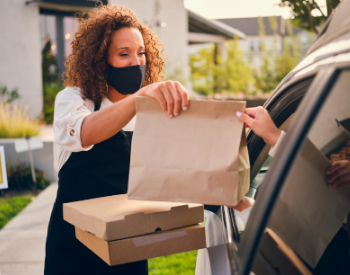
The restaurant industry has experienced many changes throughout the pandemic, but one trend that is expected to stay is the emphasis on off-premise operations. In 2021, consumers are expecting online ordering to be more seamless with 20% of consumers saying they’re ordering carry out or delivery more because the digital ordering process has become more convenient and widely available than before the pandemic. In Q1 2020, 9% of restaurant orders were made by phone or online. By Q2 2020, that number drastically increased to 33% with mobile and online orders for carry out alone increasing by 286%, according to data from Technomic. Customers are also expecting top-tier customer service with off-premise experiences. As dining room closures increased traffic from first-time users, user-friendly technologies are essential to make ordering easy and keeping customers coming back.
Stimulus Package Provides Little Relief For Restaurant Workers
Following months of political debate as the restaurant industry experienced substantial job losses and restaurant closures, Congress has approved a $900 billion stimulus package. Though this may seem like a large number, the money that is being distributed does not meet the level needed for unemployed cooks, servers, managers, and more. The recent stimulus bill is about half the amount Americans received under the $2.2 trillion CARES Act that kept the economy afloat in the spring. The hospitality industry also hasn’t received targeted aid even though millions of jobs have been lost since the beginning of the pandemic. However, the airline industry, which has lost fewer than 140,000 workers, is receiving $16 billion in assistance from this package. Movie theaters and concert venues will also benefit from $15 billion in funds.
Uber Eats Launches New Feature To Compare Competition
Uber Eats has added new insights to its Uber Eats Manager app that shares data with partners on how a merchant’s operations on the marketplace compared to others in the area. The new feature also creates suggestions of actions for restaurants to follow to improve their operations. After receiving feedback from its partners wanting more real-time data, Uber Eats created this feature to help restaurant owners make more informed decisions about their customers and operations. The app also tracks sales volumes, operational statistics, earnings, and sales trends in real time. Restaurants that receive high customer feedback and operational metrics will be highlighted on the app’s Top Eats section during monthly evaluations. The company hopes this feature helps operators gain more knowledge about their customers while streamlining their restaurant operations.
The War Over The Best Chicken Sandwich Continues
As more and more fast-food restaurants add upgraded chicken sandwiches to their menus, the continued competition has become a result of customers’ desire for more chicken options. McDonald’s is the most recent chain to launch three versions of its crispy chicken sandwich that will be released in February. The popularity of chicken sandwiches first arose from Chick-fil-A’s chicken sandwich which helped the chain grow to be the third-largest restaurant chain after McDonald’s and Starbucks. Over a year ago, Popeyes came onto the scene with their infamous crispy chicken sandwich that proved to be remarkably successful. Soon after, numerous chains including BurgerFi, KFC, and Sonic introduced their versions of chicken sandwiches. McDonald’s USA President Joe Erlinger said to Restaurant Business that developing a reputation for great chicken represents one of their highest aspirations for the chain.
“We believe it’s going to jump-start our chicken journey, build our chicken credentials and get people to
start looking at us differently,” Erlinger said to Restaurant Business.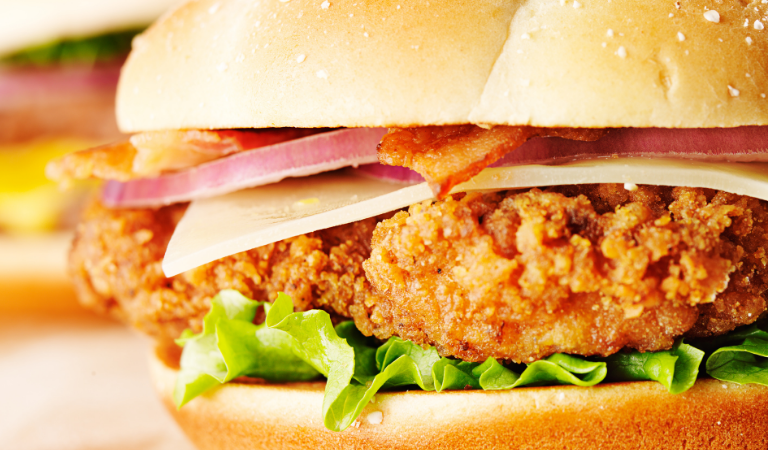
Bright Spots In A COVID-19 World
Customer Leaves Large Tip For Local Restaurant
Brendan Ring, owner of Nighttown in Cleveland, OH, chose to voluntarily close his restaurant until further notice due to COVID-19 concerns. On the night before the restaurant shut down, a customer came into the restaurant and ordered a single $7 beer. After the customer handed the check to Ring he saw that the customer had left a $3,000 tip. Ring ran after the man and he said the tip was no mistake and that he will return to the restaurant when they reopen. The customer asked for the tip to be shared with the restaurant’s waitstaff.
“Unbelievable but symbolic of the kind of quality folks we have known at Nighttown all these years. All my waitstaff and myself are humbly grateful for this incredibly kind and grand gesture,” Ring wrote in a Facebook post.
Locals Save Restaurant Known For Giving Free Meals From Shutting Down
Kazi Mannan, owner of Sakina Halal Grill in Washington D.C., is known by his community for feeding anyone, regardless of whether they can pay for their meal or not. Before the pandemic, Mannan would serve as many as 80 free meals in a day. Once the pandemic hit and business declined, Mannan had to lay off his employees and close his restaurant indefinitely. One of Mannan’s family members started a GoFundMe page to help the restaurant stay afloat and the feedback they received surpassed what they were hoping for. As of now, the campaign has received over $331,430 from more than 7,100 individual donations with more continuously donating.
"I used to preach don't let anybody fall and pick them up. Today, you picked me up and I am overwhelmed. I have tears in my eyes, tears of joy," Mannan said to his donors in an interview with NBC Washington.
Quote Of Hope
"We are very hopeful that everything will get back and we will have more employees back to work and more jobs for the people in the community and we're ready to serve the homeless community the same way we used to serve." - Kazi Mannan, owner of Sakina Halal Grill


